#Thomas Middleton
Text
I should be working on my dissertation, and have been, but I thought it'd be fun (for me :P) to loop you all in somehow. Therefore I bring you a very silly poll!
*best means whatever it means to you; feel free to propagandize
**yes, I deliberately excluded Shakespeare (from the poll, not the dissertation, lol)
#anghraine babbles#poll nonsense#ivory tower blogging#dissertation hell#william wordsworth#john ford#daniel defoe#thomas middleton#john webster#samuel johnson#edmund spenser#samuel richardson#michel de montaigne#henry fielding#olaudah equiano#jonathan swift#renaissance blogging#(read: early modern blogging but i'm too lazy to change my original tag)#eighteenth century blogging#sixteenth century blogging#seventeenth century blogging
25 notes
·
View notes
Text






Thomas Middleton, A Tragi-Coomodie, called The Witch; long since acted by His Majesties Servants at the Black Friers (1778)
40 notes
·
View notes
Text
Shakespeare Weekend
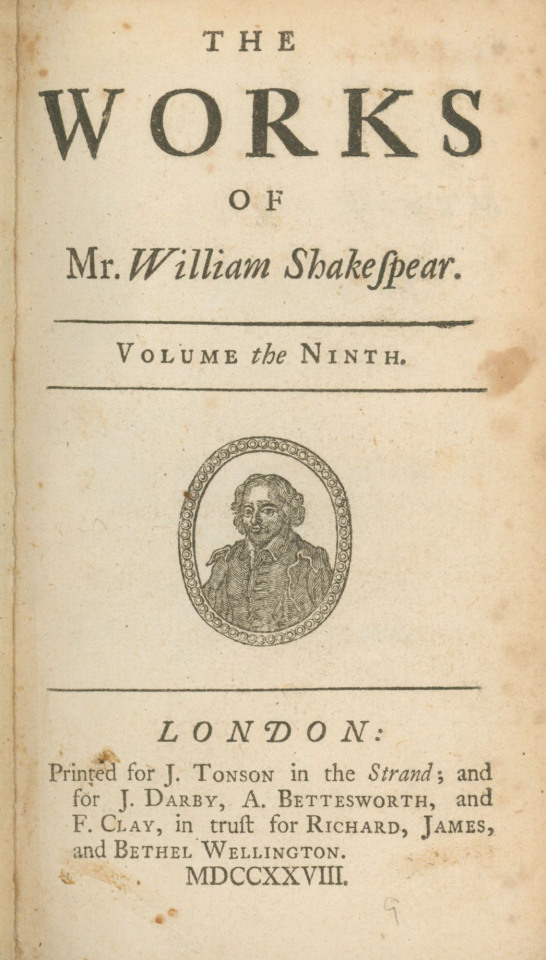
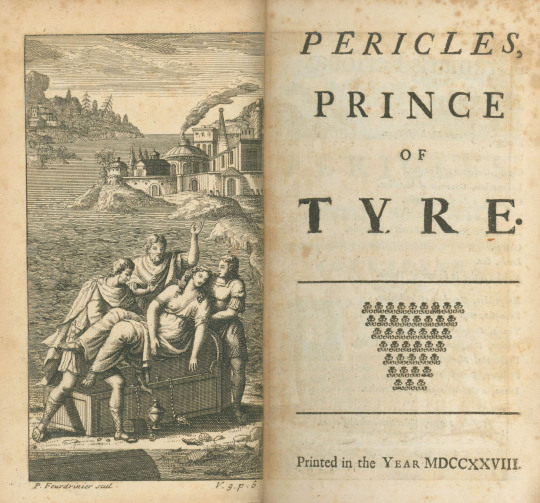
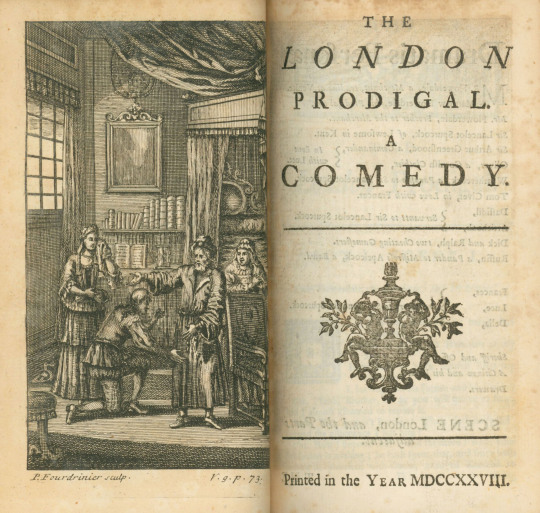
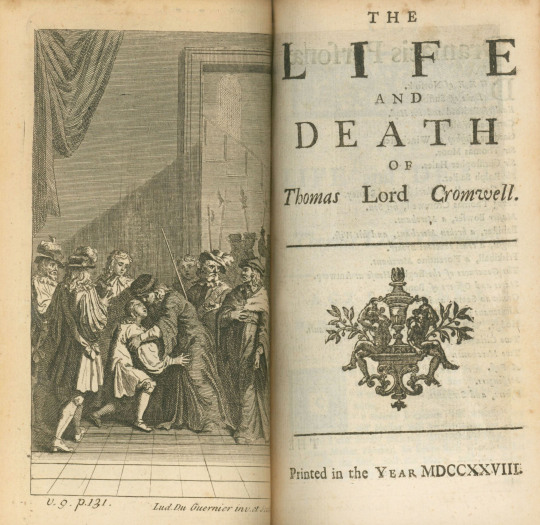

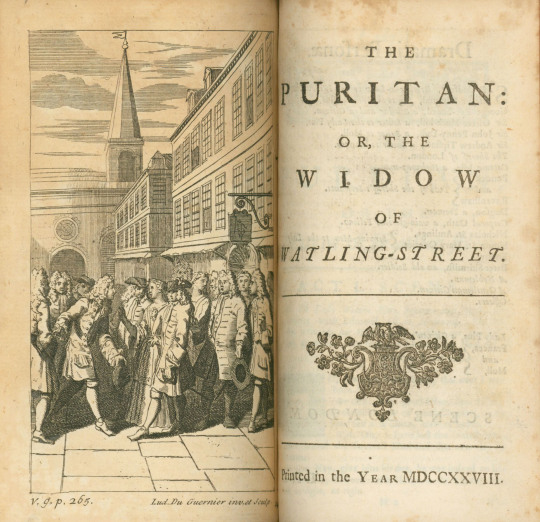

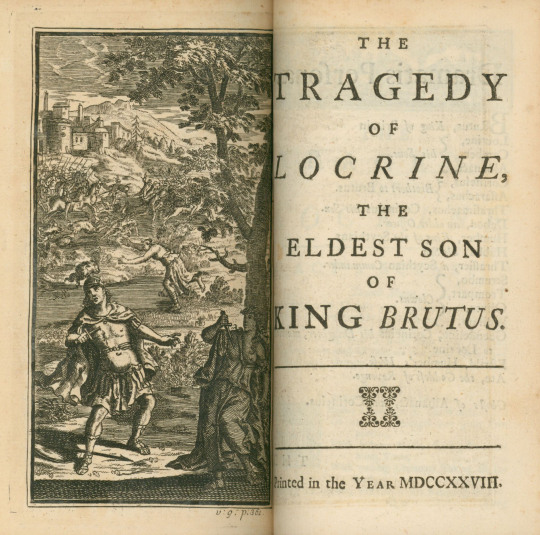
The ninth volume of The works of Mr. William Shakespear: in ten volumes published in 1728 by Alexander Pope (1688-1744) and Dr. George Sewell (d. 1726) for Jacob Tonson (1655-1736), is considered a supplementary volume added to the collection in the second edition. As previously mentioned, Volume 9 includes the additional booksellers of C, A. Bettesworth, and F. Clay, in Trust for Richard, James, and Bethel Wellington. Scene divisions, stage directions, dramatis personae, and full-page engravings by either French artist Louis Du Guernier (1677-1716) or Englishman Paul Fourdrinier (1698-1758) precede each play.
The volume contains seven plays; Pericles, Prince of Tyre, The London Prodigal, Thomas Lord Cromwell, Sir John Oldcastle, The Puritan, A Yorkshire Tragedy, and Locrine. Thematically the plays span genres ranging from comedy, tragedy and history, but they all share the same underlying question over authorship. The plays were originally attributed to William Shakespeare due to “Written by W.S.” appearing on the title pages of early quartos. Scholars have since argued that the “W.S.” could alternatively credit dramatists and Shakespeare contemporaries Wentworth Smith or William Sly, and historians now attribute Sir John Oldcastle and A Yorkshire Tragedy to prolific Jacobean playwright Thomas Middleton.

Except it's not the last volume, there's one more supplemental volume left that we'll look at next week!
View more Shakespeare Weekend posts.
-Jenna, Special Collections Graduate Intern
#william shakespeare#shakespeare#shakespeare weekend#the works of mr. william shakespear in ten volumes#alexander pope#dr. george sewell#jacob tonson#louis du guernier#paul fourdrinier#wentworth smith#william sly#thomas middleton
17 notes
·
View notes
Text
RIP Thomas Middleton, you would have loved CGI and really gruesome practical effects and dance sequences.
7 notes
·
View notes
Link
My research thus reveals that Shakespeare borrowed from Elizabethan contemporaries such as Marlowe, Kyd, and Peele to a remarkable degree. However, having delved deeper into Shakespeare’s career, there is little evidence, on a verbal level at least, of Shakespeare attending closely to the plays of Jacobean contemporary playwrights. We can interpret these results in varying ways: perhaps Shakespeare did not have easy access to plays performed by rival and children’s playing companies. As an actor Shakespeare would of course be working when plays were usually performed, meaning that he was more likely to be influenced by his own company’s repertory than by others. However, it seems likely to me that Shakespeare, with his keen commercial eye, would attend the plays of other companies when he had afternoons off...
Having investigated Shakespeare’s dramatic relationship with Thomas Middleton and Fletcher in order to increase our understanding of the working methods shared between these playwrights, I plan to conclude my study by looking at the ways in which the compilers of the First Folio helped to create the image of Shakespeare as a solitary genius. It seems to me that Shakespeare’s dramatic identity was shaped in large part by the people with whom he collaborated most.
#shakespeare#william shakespeare#darren freebury-jones#bsa#thomas kyd#thomas middleton#john fletcher#theater#theatre#robert greene#christopher marlowe#playwrighting
15 notes
·
View notes
Text

When was war sent as a blessing, or peace as a punishment?
— Thomas Middleton in The Peace-maker, a propaganda work in favor of James I's peace policy, 1618
#thomas middleton#thirty years' war#james vi and i#jacques callot#les grandes misères de la guerre#rex pacificus#look forward(?) to a long ramble upcoming about james and pacificism and homophobia#and how interesting it is to re-evaluate from the perspective of 2023/24#i hope mary & george gets into this#i don't want pure buffoon james because he's like the one guy over here looking at the thirty years war and going#“no actually. war is bad”#tw bodies#tw dead body#tw death#tw hanging#tw violence#tw corpse#trigger warning#content note
3 notes
·
View notes
Text
Bro wake up!!! Your name is Sir Walter Whorehound!!!! YOU ARE THE VILLAIN IN A JACOBEAN CITY COMEDY!!!!!!!!
#just finished#a chaste maid in cheapside#i keep in my head almost calling it 'a cheap maid' lol#quite the opposite of a chaste maid. in that time and place's culture#text post#thomas middleton#you can't be shocked to meet a comeuppance in act v if your name is sir walter whorehound. you cant
3 notes
·
View notes
Text
Thomas Middleton, Renaissance Dramatist by Michelle O'Callaghan
Most people would find it difficult to name an English playwright who worked at the same time as Shakespeare. People who watched Shakespeare in Love (1998) might remember Christopher Marlowe, but few will be familiar with Thomas Middleton (1580–1627), a younger contemporary of Shakespeare. Like Shakespeare, he wrote comedies, tragedies, histories, tragicomedies and poems. He even collaborated with Shakespeare on Timon of Athens and seems to have adapted or revised Macbeth and Measure for Measure. Gary Taylor, who has edited both Shakespeare’s and Middleton’s works, even described him as “our other Shakespeare”.
Michelle O'Callaghan’s book Thomas Middleton, Renaissance Dramatist introduces students to Middleton’s work through a study of his major plays. These include the city comedies A Mad World, My Masters and A Chaste Maid in Cheapside, the collaborative play The Roaring Girl, the tragedies Women Beware Women and The Revenger’s Tragedy (which was adapted into a film that is worth watching) and his allegorical play A Game at Chess.
Students who are familiar with English Renaissance literature by reading only about Shakespeare will learn a lot about the social and literary background of Middleton’s time, due to a number of important differences between the two authors. Unlike Middleton, Shakespeare never wrote for boy actors such as the Children of Paul’s and never wrote citizen comedies. Whereas Shakespeare worked for the Lord Chamberlain’s Men, later renamed the King’s Men, Middleton always remained a free agent.
Thomas Middleton, Renaissance Dramatist is definitely worth reading if you want to explore English Renaissance drama beyond Shakespeare. Familiarity with Middleton’s plays is helpful but not required. The book does not provide a general introduction to the history, the literary traditions and the theatre practices of the time, so I would advise reading this book only after reading other books about the period.
Michelle O'Callaghan: Thomas Middleton, Renaissance Dramatist. Edinburgh University Press, 2009. ISBN 9780748627813.
Review submitted by Tsundoku.
0 notes
Text
Timon of Athens (3/1/2024-3/5/2024)

I enjoyed Timon of Athens.
That feels like a controversial statement, because all of the criticism on this play starts with "This is, of course, a terrible play that Shakespeare barely had anything to do with." It was probably shoved into the First Folio as a last-minute replacement for Troilus and Cressida, which itself was shoved in after the last minute, and it feels like an afterthought in a lot of ways.
But, you know, I enjoyed the scenes of Timon being lavishly generous to his "friends," who immediately turn him away when he needs money ten minutes later. I enjoyed the scenes of him eating roots and cursing everybody who stops by to get some of the gold he dug up. It's fun! Maybe not on stage, but I enjoyed the experience of reading it.
I'm reading these in the most recent Oxford versions, which attempt to separate out the Shakespeare from the Thomas Middleton, and a lot of this play is indeed attributed to Middleton. So maybe I just like Middleton? I feel like he writes less poetically than Shakespeare (like basically everyone else):
APEMANTUS That you ask me what you are, and do not
know yourselves.—Speak to ’em, Fool.
That use of 'em instead of them feels so contemporary! It's weird in the context of a Shakespeare play but not, if you see what I mean, in the context of a play by somebody who wrote "city comedies".
Speaking of Apemantus, he is an example of what is increasingly my favorite type of Shakespearean character: someone who just insults everybody and everything on stage constantly.
SECOND LORD Thou art going to Lord Timon’s feast?
APEMANTUS Ay, to see meat fill knaves, and wine heat fools.
SECOND LORD Fare thee well, fare thee well.
APEMANTUS Thou art a fool to bid me farewell twice.
SECOND LORD Why, Apemantus?
APEMANTUS Shouldst have kept one to thyself, for I mean to give
thee none.
FIRST LORD Hang thyself.
APEMANTUS No, I will do nothing at thy bidding.
Anyway, I'm still only reading one act of Shakespeare a day, but I think I'm going to go read Thomas Middleton's "A Chaste Maid in Cheapside" to get the flavor of him on his own.
Next up: Macbeth
1 note
·
View note
Text
The playwrights made their heroine a single woman and though dressed in men's clothes she was chaste.

"Normal Women: 900 Years of Making History" - Philippa Gregory
#book quote#normal women#philippa gregory#nonfiction#playwrights#john day#the madde pranckes of mery mall of the bankside#thomas dekker#thomas middleton#the roaring girl#heroine#single woman#cross dressing#chaste#moll cutpurse#mary frith
0 notes
Text
She gained fame in 1610 when John Day wrote a play, The Madde Pranckes of Mery Mall of the Bankside. A second play in 1611, by Thomas Dekker and Thomas Middleton, celebrated her under the title The Roaring Girl.

"Normal Women: 900 Years of Making History" - Philippa Gregory
#book quotes#normal women#philippa gregory#nonfiction#moll cutpurse#mary frith#10s#1610s#17th century#rise to fame#john day#play#playwright#the madde pranckes of mery mall of the bankside#thomas dekker#thomas middleton#the roaring girl
0 notes
Text
Me: I want to write a play where people go to the forest somehow but I only have vague ideas, let's look for inspiration.
My copy of Timon of Athens: You're gonna read me again aren't you?
0 notes
Text
Shakespeare Weekend

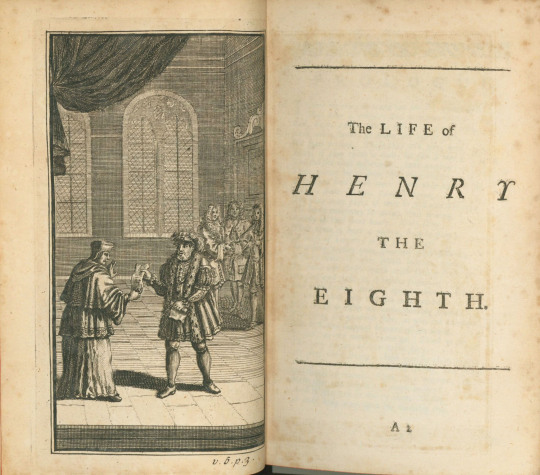

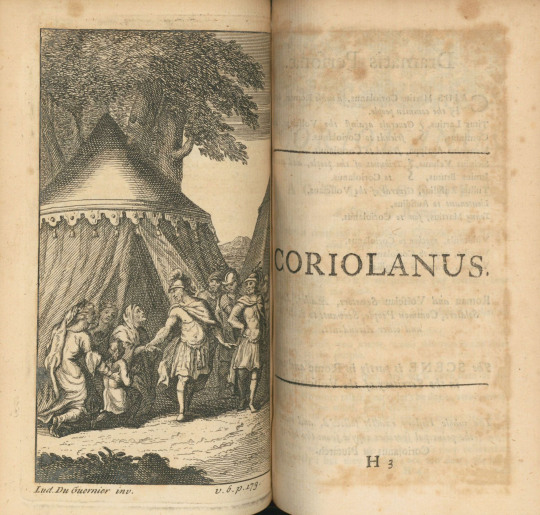

Continuing our synopsis of The works of Mr. William Shakespear: in ten volumes published in 1728 by Alexander Pope (1688-1744) and Dr. George Sewell (d. 1726) for Jacob Tonson (1655-1736), this weekend we look at Volume Six. The volume contains four plays that bounce thematically between historic and tragic, starting with Henry VIII. Based on the life of Henry VIII, the play was written in collaboration with John Fletcher (1579-1625) and is noted for having more stage directions than any other Shakespearean play.
Volume Six continues with Timon of Athens another collaboration written with Thomas Middleton (1580-1627), Coriolanus based on the life of the legendary Roman leader and one of the few Shakespearean plays to ever be banned in modern times, and Julius Caesar with its famous “Et tu? Brute!” popping up in Act 3 Scene 1.

Like Rowe’s earlier collection, scene divisions, stage directions, dramatis personae, and full-page engravings by either French artist Louis Du Guernier (1677-1716) or Englishman Paul Fourdrinier (1698-1758) precede each play.
Pope’s editions of Shakespeare were the first attempted to collate all previous publications. He consulted twenty-seven early quartos restoring passages that had been out of print for almost a century while simultaneously removing about 1,560 lines of material that didn’t appeal to him. Some of those lines were degraded to the bottom of the page with his other editorial notes.
View more Shakespeare Weekend posts.
-Jenna, Special Collections Graduate Intern
#shakespeare weekend#the works of mr. william shakespear in ten volumes#shakespeare#alexander pope#dr. george sewell#jacob tonson#henry viii#john fletcher#timon of athens#thomas middleton#coriolanus#julius caesar#nicholas rowe#louis du guernier#paul fourdrinier
15 notes
·
View notes
Text

Lisa Dillon as Moll Cutpurse in The Roaring Girl
#the roaring girl#thomas middleton#thomas dekker#rsc#royal shakespeare company#lisa dillon#moll cutpurse#mary firth
0 notes
Text
the revenger's tragedy — thomas middleton


I made these as part of one of my theatre portfolios when getting my undergrad! I'm still quite pleased with them. I should really make more literature themed art.
#art#digital art#artistsoninstagram#fanart#artistontumblr#literature#theatre#Thomas Middleton#classical literature#jacobean#knv art
1 note
·
View note
Text
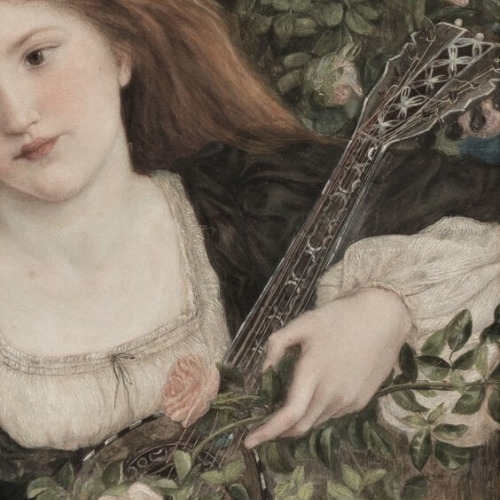




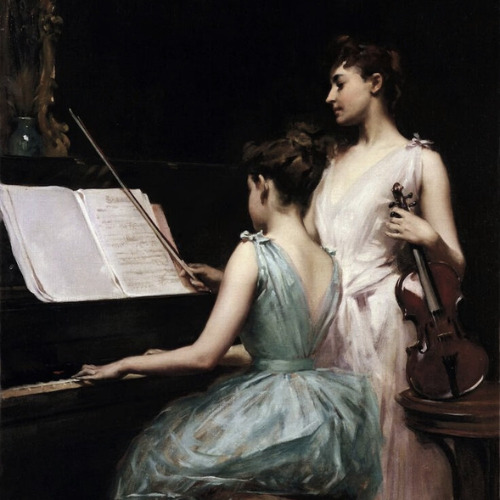





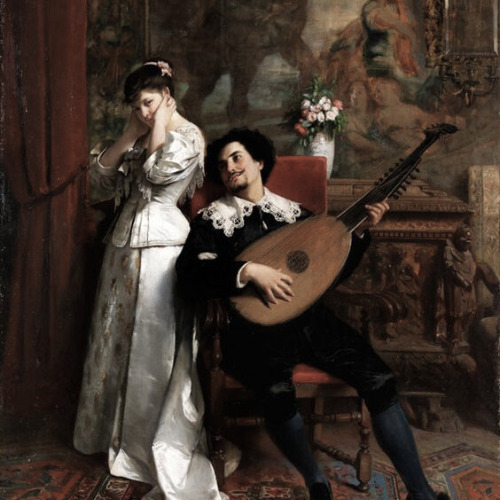
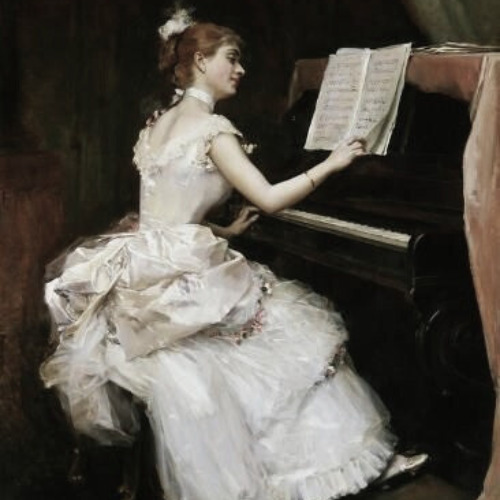

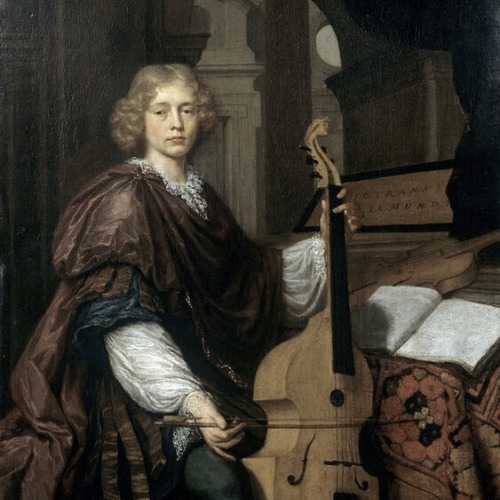

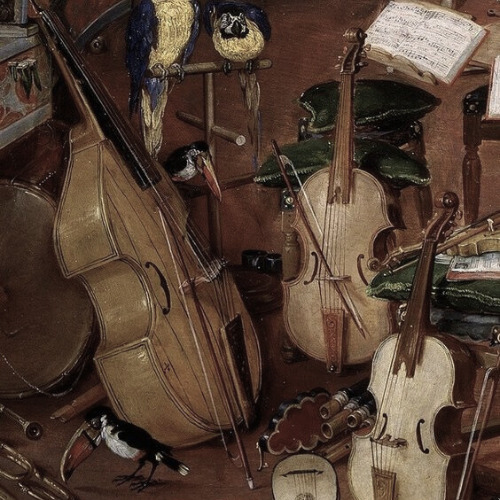





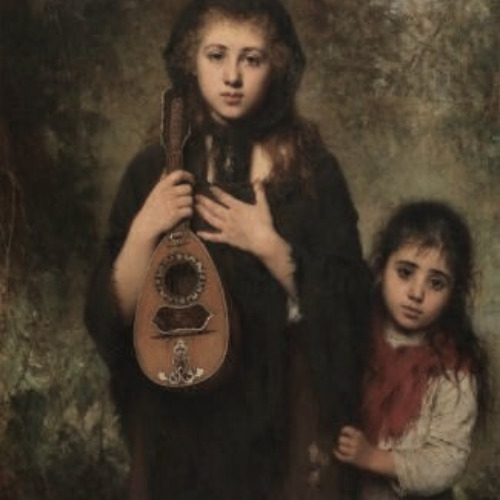
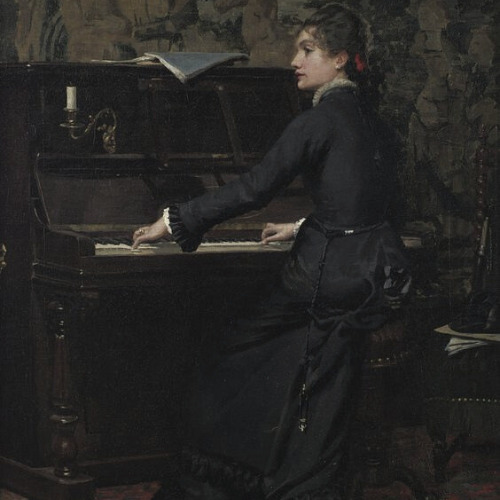



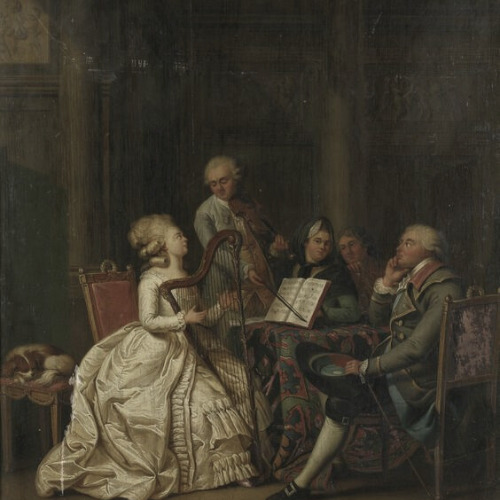
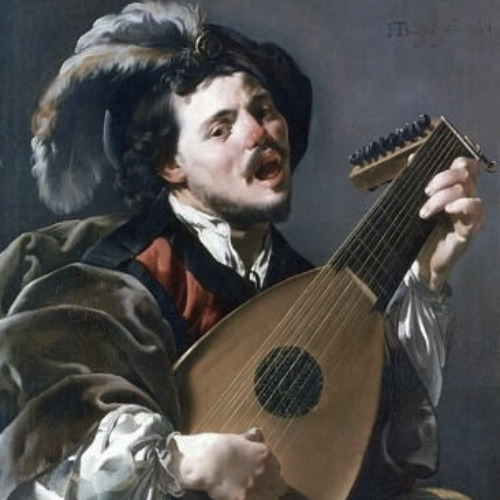
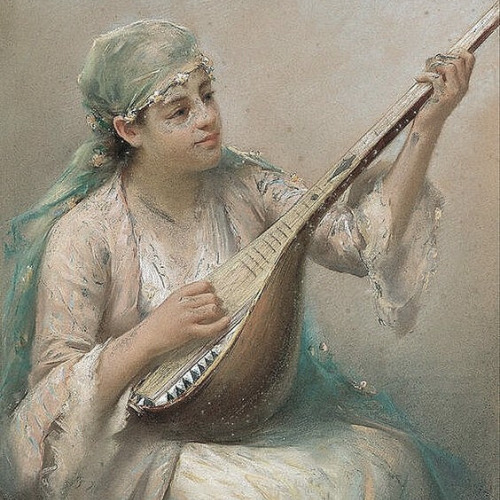
objects in art: instruments
#artist is marie spartali stillman#artist is thomas wilmer dewing#artist is charles amable lenoir#artist is mostafa keyhani#artist is clemens bewer#artist is irving ramsey wiles#artist is beatrice offor#artist is john william waterhouse#artist is moritz von schwind#artist is nicolas henry jeaurat de bertry#artist is emma irlam briggs#artist is christian meyer-ross#artist is raimundo de madrazo#artist is jacob maris#artist is jan verkolje#artist is hans holbein#artist is jan brueghel the elder & peter paul rubens#artist is john pettie#artist is judith leyster#artist is john arthur lomax#artist is leopold bara#artist is oswald eichinger#artist is nicholas henri jeaurat de bertry#artist is alexei alexeyevich harlamov#artist is jameson middleton#artist is edwaert collier#artist is bartolomeo bettera#artist is will kimball#artist is johann eleazar schenau#artist is hendrik ter brugghen
337 notes
·
View notes